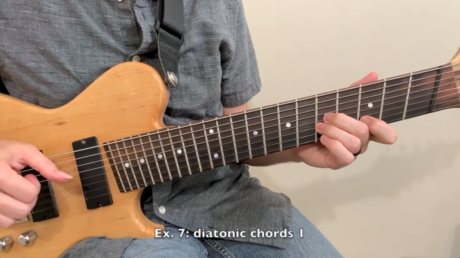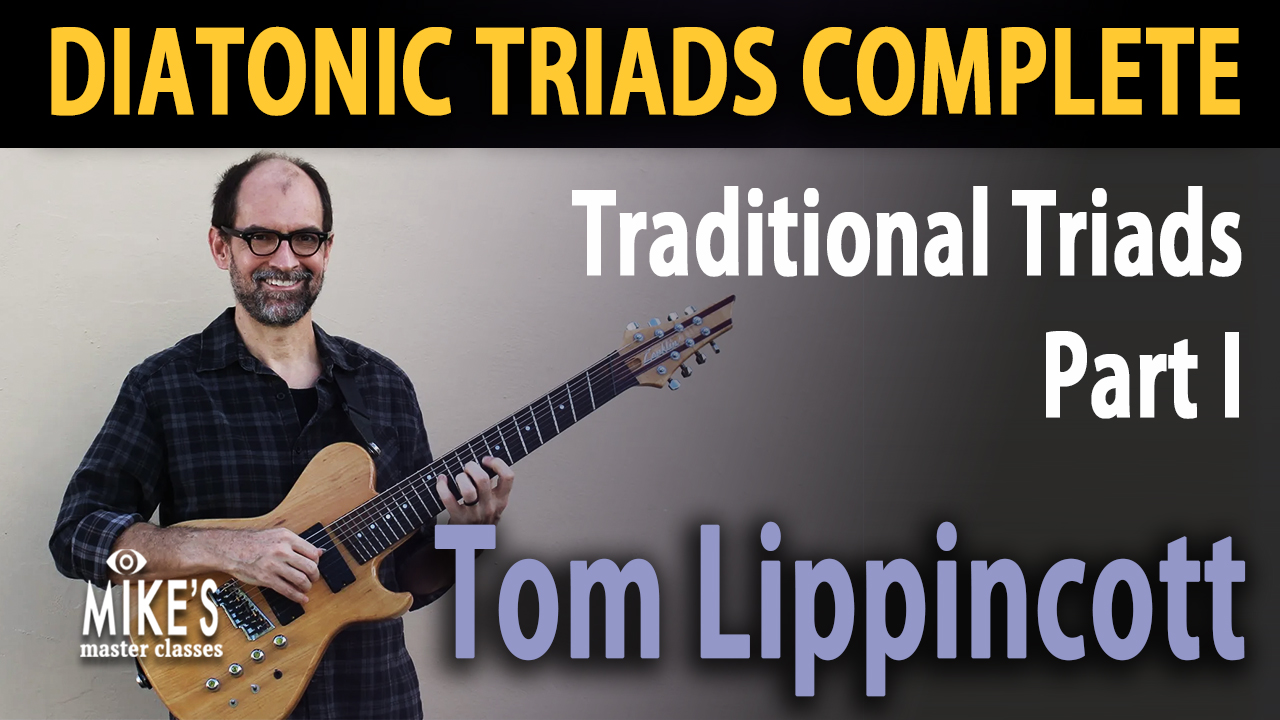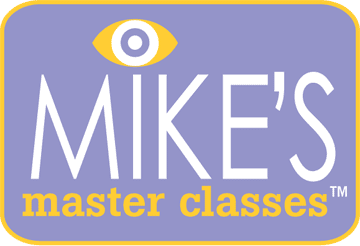Description
Desc:
Diatonic Triads Complete pt. 1 – Traditional Triads Class Content | Tom Lippincott
Mastering the basic major, minor, diminished, and augmented triads is widely acknowledged as a crucial step in the development of any jazz musician. This is particularly important on an instrument like guitar which can be played both melodically and harmonically.
Triads form the basic building blocks of more complex harmonies as well as the upper part of these chords.
In this series of classes, we will systematically examine all of the traditional triads that are diatonic to the major, melodic minor, and harmonic minor scales and find many unique and creative uses for them, both for chords and for single-note lines. But the fun doesn’t stop at traditional triads; in this five-part class, we will also explore all of the three-note chords that are possible in the above three scales. This includes suspended triads, seventh chords with no fifth, seventh chords with no third, and clusters.
By practicing these five structures, guitarists can add many fresh and exciting sounds to their music. One advantage of three-note chords is that they tend to be easier to play and more “portable” than bigger four-, five-, and six-note chords. These shapes work exceptionally well for both comping and for supporting a melodic line with harmony.
Arpeggios built from this variety of three-note chords can also generate some interesting new melodic ideas.
In the first class, we will explore traditional triads, the roots of the harmonic tree. A command of these structures will be necessary in order to facilitate the exploration of the more exotic sounds in the subsequent classes.
Guitarists who have been through my Jazz Guitar Harmony part 2 and Jazz Guitar Harmony part 3 and absorbed the material on triads may find this class unnecessary. However, there are a few new concepts in this class that aren’t covered in the Jazz Guitar Harmony series.
Diatonic Triads Complete part 1: Traditional Triads covers:
- review of the theoretical basis of triads
- “piano style” versus “choir style” inversion on the guitar
- map of all inversions of major triads
- explanation of the concept of diatonic triads, with example exercises
- using diatonic cycles to gain fluency with inversions and voice leading
- exploration of open triads
- applying diatonic cycles of open and close triads to the melodic and harmonic minor scales
- examples of single note musical phrases incorporating all of the above
- using triads to harmonize a melodic line
- 59 minute running time
- includes 10 pages of written examples and exercises
- includes backing track for II V I musical example
- All musical examples from the video are provided in music notation, tablature, and chord grid form.
- Each example performance is shown in close-up view and titled and numbered for easy navigation.
Diatonic Chords Example Close-up View

Save Now When You Order the Complete Series
| Full Class + Download | |||
| Diatonic Triads Complete Part I Full Class + Download | 00:59:54 | ||




Reviews
There are no reviews yet.